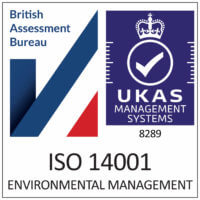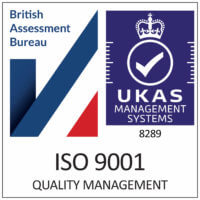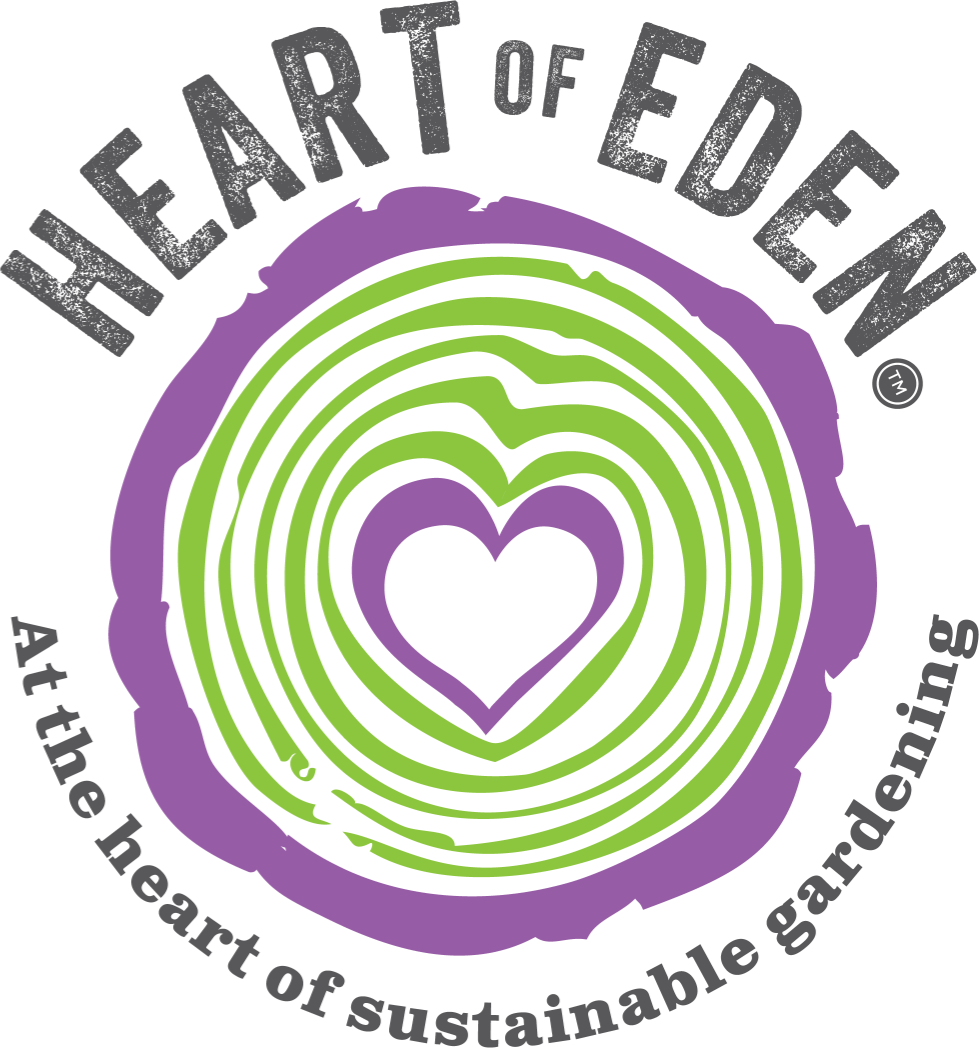Choosing the Right Depth for Laying Enriched Topsoil
Nov 12th 2023
Imagine you’re ready to transform your backyard into a flourishing garden oasis – the kind of place that makes your neighbors green with envy. But before you start digging, there’s a crucial decision to make: what is the perfect depth for laying enriched topsoil? In this article, we will explore the factors you should consider when determining the right depth, ensuring your plants receive the nutrients they need to thrive. So grab your shovel, gardening enthusiasts, because we’re about to unearth the secrets to a blooming paradise!
Factors to Consider
When it comes to choosing the right depth for laying enriched topsoil, there are several factors you need to consider. These factors include the soil type, plant type, climate, drainage, and existing soil quality. By taking these factors into account, you can ensure that your topsoil is laid at the optimal depth for the best results.
Soil Type
The first factor to consider is the soil type. Different types of soil have different characteristics that affect how deeply you should lay the topsoil. There are three primary soil types: clay soil, sandy soil, and loamy soil.
Clay Soil
Clay soil is known for its heavy and compact structure. It tends to retain water, making it prone to drainage issues. When spreading enriched topsoil over clay soil, it’s important to avoid excessive depth to prevent waterlogging. A depth of 4-6 inches is generally adequate for clay soil.
Sandy Soil
Sandy soil, on the other hand, drains quickly due to its loose and coarse texture. This means that topsoil can easily wash away if not properly laid. To ensure adequate coverage, a depth of 6-8 inches is recommended for sandy soil.
Loamy Soil
Loamy soil is considered to be the ideal soil type for gardening. It has a balanced mixture of clay, silt, and sand, providing good drainage while retaining moisture. For loamy soil, a depth of 4-6 inches is typically sufficient.

Plant Type
The type of plants you intend to grow is another crucial factor in determining the appropriate depth for laying enriched topsoil. Different plant types have varying root systems and nutrient requirements, which impacts the depth at which topsoil should be applied.
Vegetables
Vegetables generally have shallow root systems, so a depth of 4-6 inches is typically sufficient. However, plants that produce deep-rooted vegetables, such as carrots and potatoes, may benefit from a slightly greater depth of 6-8 inches.
Flowers
Flowers come in various shapes and sizes, with some having extensive root systems. For most flowers, a depth of 4-6 inches is recommended. However, for plants with deeper root systems, such as roses or lilies, you may want to consider a depth of 6-8 inches.
Trees and Shrubs
Trees and shrubs have a more substantial root system compared to other plants. To ensure proper anchoring and nutrient uptake, a depth of 12-24 inches is typically recommended for laying enriched topsoil for trees and shrubs.
Grass
When it comes to laying enriched topsoil for grass, the depth is less critical compared to other plant types. A depth of 2-4 inches is generally sufficient for establishing a healthy lawn.
Climate
The climate in which you live is another important factor to consider when determining the appropriate depth for laying enriched topsoil. Different climates have varying levels of moisture and temperature, which can impact the depth requirements.
Humid Climate
In humid climates where rainfall is frequent, it is essential to consider good drainage. Excessive depth can lead to waterlogging and root rot, so a depth of 4-6 inches is generally recommended.
Dry Climate
In dry climates, where water retention is crucial, a slightly greater depth of 6-8 inches may be necessary. This helps the topsoil retain moisture for longer periods, ensuring proper hydration for the plants.
Temperate Climate
In temperate climates with moderate rainfall and temperature fluctuations, a depth of 4-6 inches is typically suitable. This allows for adequate drainage while ensuring sufficient moisture retention.
Cold Climate
In cold climates, where frost can penetrate the soil, it’s important to consider the depth at which the topsoil is laid. A depth of 8-12 inches is recommended to protect the plants’ roots from freezing temperatures.
Tropical Climate
In tropical climates characterized by high temperatures and heavy rainfall, good drainage is crucial. A depth of 6-8 inches is generally sufficient to accommodate these conditions.
Drainage
The drainage capacity of your soil is an important consideration when determining the appropriate depth for laying enriched topsoil. Proper drainage ensures that excess water is removed from the root zone, preventing waterlogged conditions that can be detrimental to plant health.
Good Drainage
If you have soil with good drainage, a depth of 4-6 inches is generally sufficient. Well-drained soils allow for excess water to flow through easily, preventing waterlogging and the potential for root rot.
Poor Drainage
For soils with poor drainage, it’s important to take extra precautions. Excessive depth can exacerbate drainage issues and lead to water accumulation. In such cases, it may be necessary to amend the soil or consider raised beds or containers to facilitate better drainage.
General Guidelines
While the factors mentioned above provide a framework for determining the appropriate depth for laying enriched topsoil, there are some general guidelines to keep in mind.
Recommended Depth
For most garden applications, a depth of 4-6 inches is considered sufficient. This depth allows for proper root growth and nutrient uptake while facilitating adequate drainage.
Avoid Excessive Depth
It’s important to avoid excessive depth, especially in soils with good drainage. Over-deep topsoil can lead to waterlogging and damage the root system. Stick to the recommended depth for your specific conditions and plant types.
Consider Raised Beds or Containers
If your existing soil quality, drainage, or other factors pose challenges, consider using raised beds or containers for your plants. These alternatives provide greater control over soil depth and quality, ensuring optimal growing conditions.
Depth for Different Plant Types
To summarize the recommended depths for different plant types:
Vegetables: 4-6 inches, with deeper-rooted vegetables at 6-8 inches.
Flowers: 4-6 inches, with deeper-rooted flowers at 6-8 inches.
Trees and Shrubs: 12-24 inches.
Grass: 2-4 inches.
Depth Based on Soil Type
To summarize the recommended depths based on soil type:






